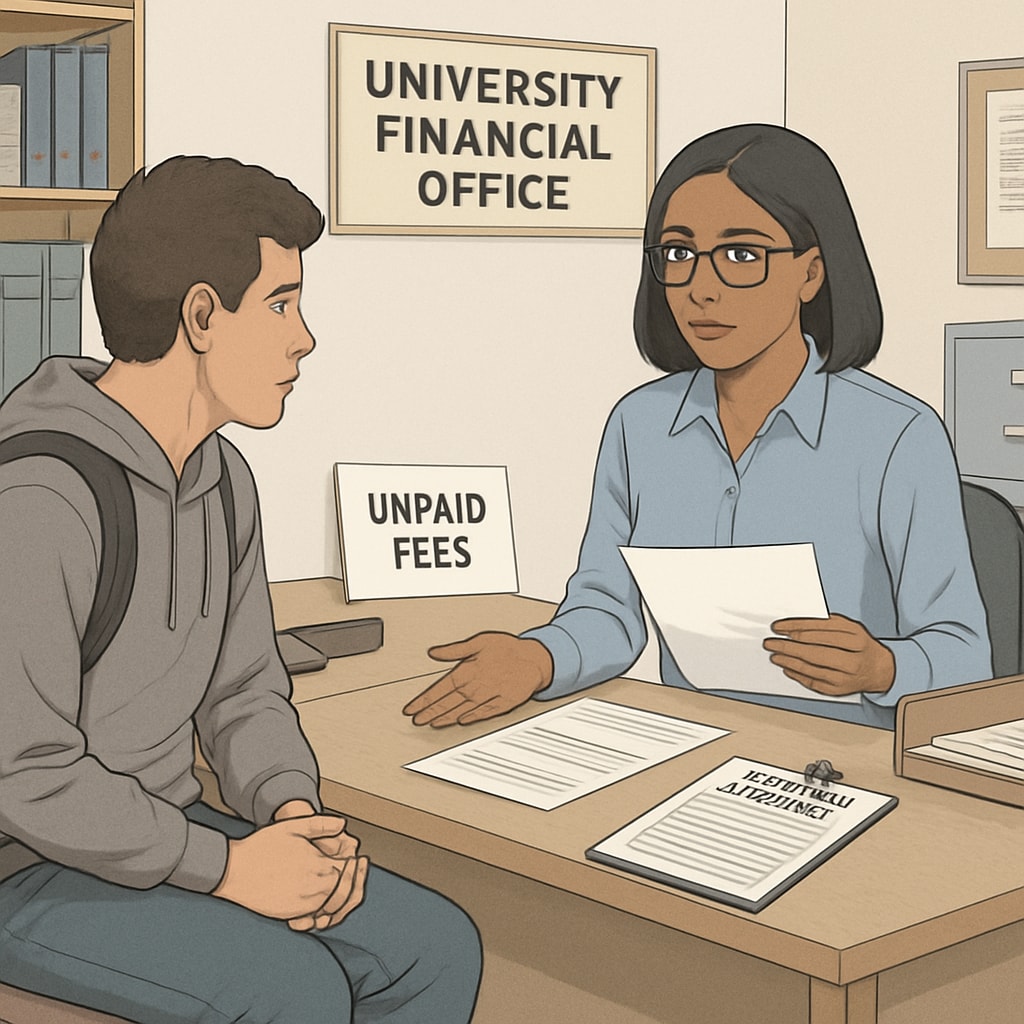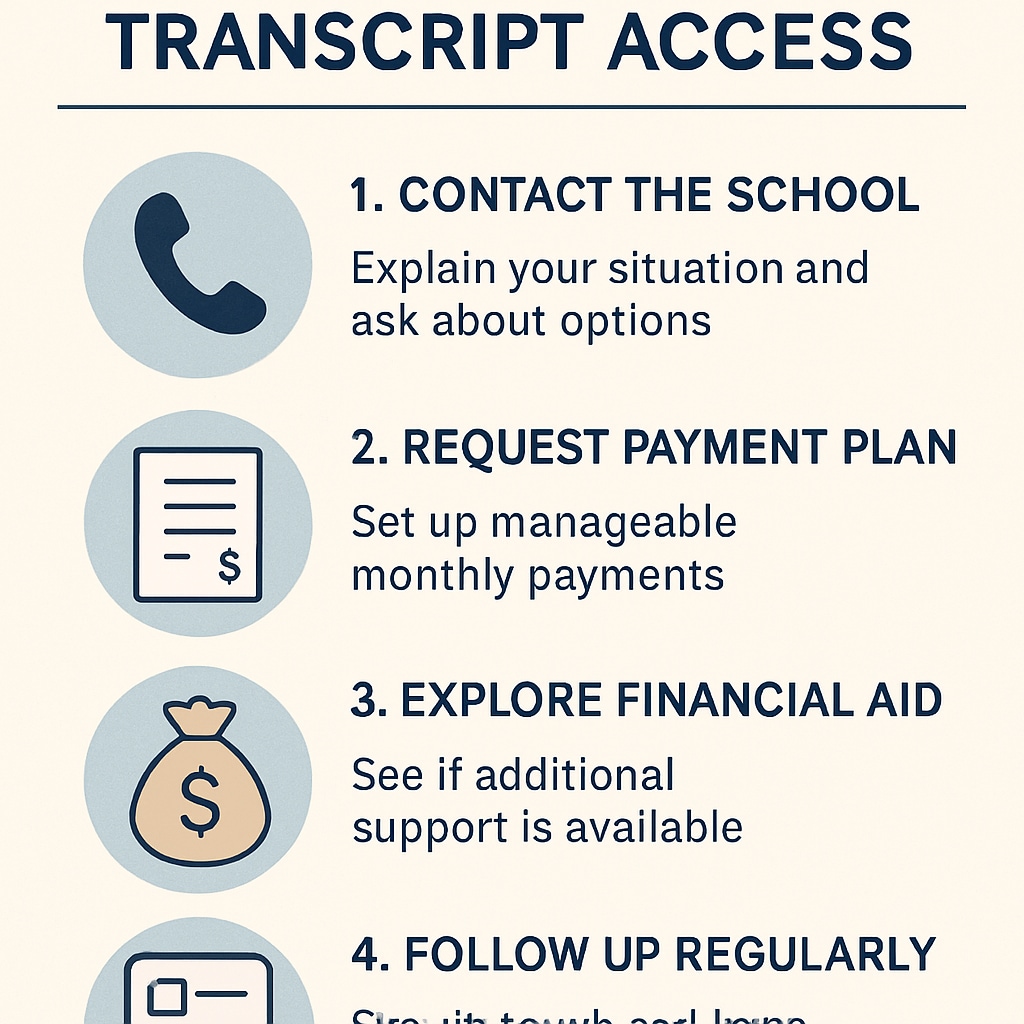For many students, a transcript is not just a record of academic achievement but a gateway to future opportunities, such as applying for professional licensure exams like the PRC (Professional Regulation Commission) examination. However, financial difficulties can complicate this process. Institutions often withhold transcripts due to unpaid balances, leaving students in a challenging position. This article explores the complexities of accessing transcripts with unpaid fees, the rationale behind institutional policies, their impact on students, and practical solutions to overcome this obstacle.
Why Institutions Withhold Transcripts: Policies and Rationale
Many educational institutions enforce policies that restrict access to transcripts if a student has an outstanding balance. These policies are based on the principle that tuition and fees are contractual obligations. By withholding transcripts, schools aim to encourage timely payment and sustain their financial stability.
However, while these policies may protect institutional finances, they can unintentionally penalize students who face legitimate financial hardships. As a result, students may struggle to complete essential tasks like applying for the PRC exam or pursuing further education. According to a detailed analysis by Britannica on higher education, withholding transcripts can create barriers that disproportionately affect low-income students.

Impact on Academic and Professional Progress
The inability to access transcripts due to unpaid balances has far-reaching consequences. Students may miss critical deadlines for job applications, academic transfers, or professional exams like the PRC. For example, the PRC exam often requires submission of official transcripts as part of the application process. Without these, students risk significant delays or even disqualification.
Furthermore, research shows that financial barriers in education exacerbate existing inequalities. A study published by Wikipedia on educational inequality highlights how such policies disproportionately impact students from economically disadvantaged backgrounds, perpetuating cycles of poverty.
Practical Solutions for Students Facing Financial Barriers
While the challenges are significant, several solutions can help students navigate this difficult situation:
- Negotiate with the Institution: Many schools offer payment plans or partial payment arrangements. Students should communicate openly with their institution’s financial aid office to explore these options.
- Seek Financial Aid: Scholarships, grants, or emergency financial assistance programs can help cover unpaid balances. Some organizations specialize in helping students under financial duress.
- Request Conditional Access: Some institutions may release transcripts temporarily for specific purposes, such as PRC exam applications, if students provide proof of financial hardship.
- Legal Remedies: In some regions, laws protect students’ rights to access transcripts despite unpaid fees. Students should research local regulations and consult legal experts if needed.
By taking these steps, students can address their financial challenges while still advancing academically and professionally.

Advocating for Policy Reform
While individual solutions are crucial, systemic change is equally important. Advocacy for more student-friendly policies can help reduce the burden on financially struggling students. For example, some institutions have adopted “no transcript withholding” policies, allowing students to access their academic records regardless of unpaid balances. By supporting such reforms, educational stakeholders can ensure that financial challenges do not hinder students’ futures.
In conclusion, accessing transcripts with unpaid fees remains a contentious issue, balancing institutional financial stability with students’ rights to education and professional growth. By understanding the policies, exploring practical solutions, and advocating for systemic changes, students and institutions alike can work toward a more equitable approach.
Readability guidance: This article uses concise paragraphs, lists to summarize key points, and transitions to maintain flow. The passive voice is limited, and long sentences are minimized to enhance clarity.


